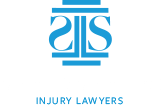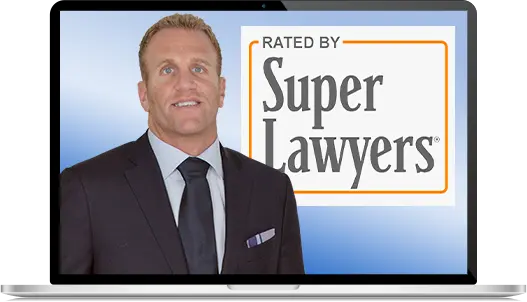In February, 2012, the Pennsylvania Supreme Court changed the game for owners of uninsured vehicles injured in motor vehicle collisions. Prior to the Supreme Court’s decision in Corbin v. Khosal, 42 A.2d 254 (Pa. 2012), both the Pennsylvania Courts of Common Pleas and the Federal District Courts were unsure whether to permit uninsured accident victims to seek recovery for medical bills in excess of $5,000, the assumed minimum first-party medical benefit limit for plaintiffs who have motor vehicle insurance. Other Pennsylvania State Courts did not permit Plaintiffs to “board” ANY medical bills at all. These courts relied primarily on 75 Pa.C.S Section 1714 titled “Ineligible Claimants”. This statute was interpreted to disqualify uninsured owners from recovering first-party benefits (both medical and loss of income benefits) because they were in violation of the MVFRL. Additionally, it is noteworthy that pursuant to 75 Pa. C.S. Section 1705, uninsured owners involved in motor vehicle collisions are automatically bound by the limited tort threshold. Therefore, they must prove they sustained a serious impairment of a bodily function in order to recover money for their pain and suffering and loss of life’s pleasures.
In Corbin, the Supreme Court held that 75 Pa.C.S. Section 1714 “Does not preclude such [uninsured] owners from recovering damages for injuries sustained as a result of automobile accidents which include economic damages such as unpaid medical bills under 75 Pa. C.S. Section 1705.”
The Pennsylvania Legislature modeled the existing Motor Vehicle Financial Responsibility Law, which gave birth to the limited tort doctrine, after Michigan Law. Michigan Statute Section 3135(1) reads: “A person remains subject to tort liability for non-economic loss caused by his or her ownership, maintenance or use of a motor vehicle only if the injured person has suffered death, serious impairment of body function or permanent serious disfigurement.
PRACTICAL IMPLICATIONS OF THE CORBIN DECISION
Two years later, many questions remain as to how plaintiff’s counsel handle should handle a case with uninsured vehicle owner client with outstanding medical bills. First, the limited tort threshold does not require plaintiffs to prove a “serious injury” for recovery of economic damages such as medical expenses, earnings loss and property damage claims. All medical expenses for accident related treatment such as for ambulance, emergency room, hospital admissions, office visits, physical therapy, medical equipment, diagnostic tests, consultations, injections and surgery should still be recoverable. As set forth in a prior article I wrote on the subject, pursuant to Pittsburgh Neurosurgery Associates, Inc. v. Danner, 733 A.2d 1279 (Pa.Super. 1999), plaintiffs’ counsel should attempt to submit to the jury the total bills and have the Court mold the verdict by Act 6 reduction.
If the accident victim is not covered by health insurance, your job is almost done. What happens if the plaintiff has health insurance or Medicare? All providers participating with the insurance plan should submit their ledgers along with documentation supplied by counsel that there was no first-party coverage to the health insurance companies. Any charges denied may be “boarded” to the jury. Depending on many circumstances beyond the scope of this article, the insurance carriers and Medicare may subrogate for moneys paid, and these liens are also boardable at trial. Since the defense may argue that providers’ expenses may not be presented unless an insurance company denial letter is produced, the better practice is for all medical providers offering medical services related to the motor vehicle collision to submit their bills to the medical insurance companies, even if they are non-participating, do not accept insurance, or with HMOs, are neither the primary physician nor received a referral from the primary. Even though, certain tests may require a referral and/or precertification which was not obtained, the test charges still need to be billed to the health carriers and then rejected.
In order to admit the medical expenses into evidence, plaintiff’s medical expert should include in his/her report and testify that the treatment was necessary for the injuries caused by the accident and that the amount of the bills, which they reviewed, was reasonable. Similarly, plaintiff’s medical testimony and expert reports are required to lay a proper foundation for introduction into evidence of future medical charges.
While in most cases counsel will stipulate to the admissibility of the medical bills, which makes for easier recovery and increases your case value; there may be situations mitigating against use of the bills where they would diminish the non-economic damages value. For example, in a non-hospitalization, non-surgical, minimal treatment fracture or scarring case, the likely nominal amount of bills would hinder, instead of bolster, the jury’s determination of the value of a plaintiff’s loss of life’s pleasures.
Lastly, it is prejudicial for a jury to be told that the plaintiff owned an uninsured vehicle (in violation of state law). The proper instruction is that plaintiff is bound by limited tort and its requirements for non-economic dames, but not for economic damages.

